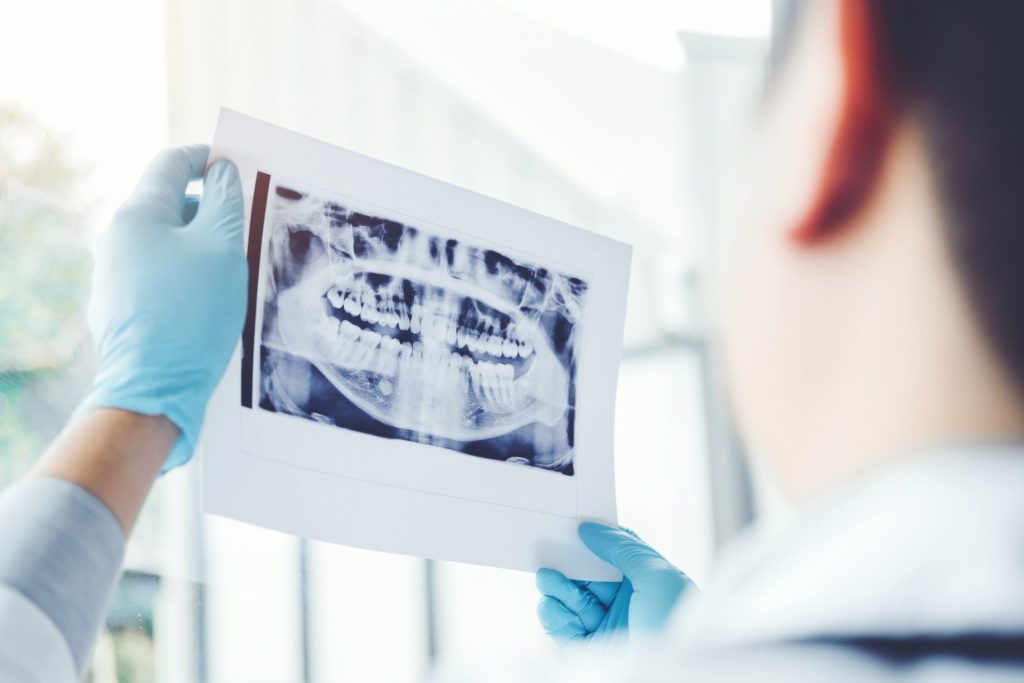You might have suffered from a cavity, a form of tooth decay affecting the outer layer of your dental structure. But did you know your teeth’s interior, the pulp, can sustain damage too?
A dentist can spot potential issues with the tooth pulp, including its vitality, on a routine dental x-ray. Non-vital tooth pulp does not immediately mean you have a dental emergency. A dentist will want to diagnose this problem through a specific test. Read on to learn more about tooth pulp vitality and how a dentist can evaluate this part of your oral health.


What Is a Non-Vital Tooth?
The pulp of your tooth contains blood vessels. If these vessels sustain damage, usually due to impact trauma or another pressure on the tooth, then blood flow can become restricted or blocked. Without enough blood reaching the tooth, you might start to see discoloration or discomfort.
Dental experts consider the tooth to then be non-vital, or what some people refer to as a dead tooth. The condition itself is not inherently a dental emergency. But it could put the tooth at a higher risk of infections and other dental problems.
For this reason, a dentist will want to confirm the diagnosis. They may spot the issue on a routine dental x-ray, but they will need further testing to evaluate the vitality of the tooth pulp.
How Does a Dentist Check Tooth Pulp Health?
Dentists commonly use thermal testing to check the vitality of a patient’s tooth pulp. You will likely need to schedule a separate dentist appointment for this test. This way, the dentist can have all the necessary materials on hand.
For this test, the dentist will apply a cold stimulus to the affected tooth as well as to other parts of the mouth as controlled variables. They will measure your reaction time to the stimulus along with the intensity of the sensation. A slower reaction speed or less feeling in the tooth could mean that you have non-vital tooth pulp.
The sensation from the stimulus fades right after the dentist removes it from the tooth. So you do not have to worry about lingering side effects from the test. The entire process lasts only a few minutes.
Will I Need Further Dental Work?
For many patients, a non-vital tooth will serve as a condition to keep an eye on for future problems rather than requiring urgent dental care right away. Your dentist can help you with preventative dental care to reduce your risk of forming dental problems with this vulnerable tooth.
However, if you feel pain in this tooth or it already has an infection, your dentist will need to intervene as soon as possible. This will likely involve root canal therapy finished with a dental crown to protect the tooth.
Some patients may also want cosmetic dental work to enhance the dull color that can come with a dead tooth. Learn more by contacting your dentist today.
